Imagine the world of nature where creatures possess the incredible ability to transform their appearance in the blink of an eye. This isn’t the realm of science fiction but a reality in the fascinating animal kingdom. These remarkable adaptations have evolved over millions of years, allowing certain animals to change their shape or texture instantly. Whether for camouflage, communication, or defense, these transformations are nothing short of magical. Let’s embark on a journey to discover ten awe-inspiring animals that can morph at will, each with its own unique story to tell.
The Master of Disguise: The Octopus
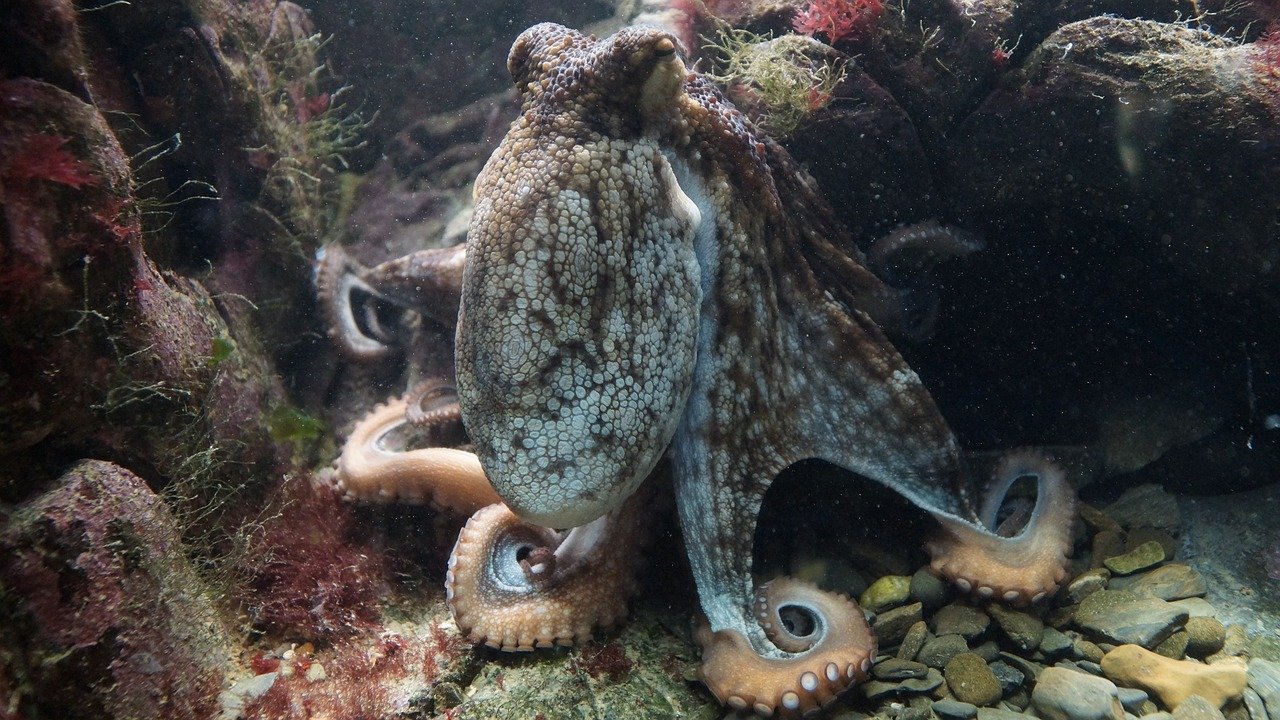
The octopus stands as a true marvel of the deep sea, possessing an unparalleled ability to blend into its surroundings. With specialized skin cells called chromatophores, the octopus can change its color and texture in an instant. This skill is not only used for hunting but also serves as a defense mechanism against predators. Imagine walking through a forest and suddenly becoming indistinguishable from a tree; that’s how an octopus operates in the ocean. Its ability to mimic other sea creatures adds another layer to its disguise, making it a true master of its domain. Fascinatingly, scientists are still unraveling the complexities behind the octopus’s shape-shifting abilities, which could hold secrets to innovations in technology.
The Enigmatic Chameleon
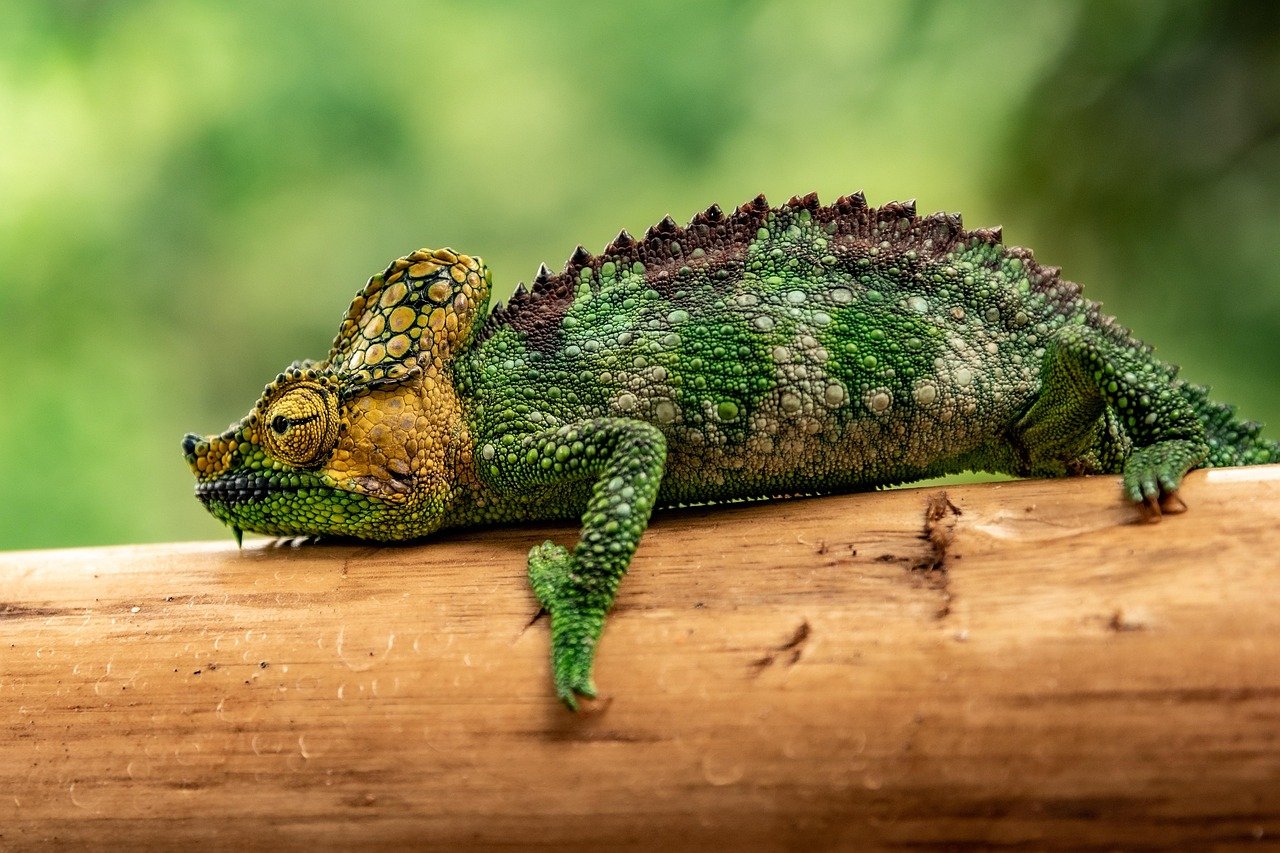
Chameleons are perhaps the most famous shape-shifters in the animal kingdom. Known for their vibrant color changes, these reptiles can alter their skin hues to communicate with fellow chameleons or to hide from predators. But did you know that a chameleon’s color change is also influenced by its emotional state and temperature? It’s akin to a human blushing when embarrassed or turning pale from fear. This multi-purpose adaptation makes the chameleon a fascinating subject of study and a symbol of adaptability. Their specialized skin cells, called iridophores, reflect light in a way that allows these stunning transformations, leaving us in awe of nature’s ingenuity.
The Cuttlefish: A Cephalopod with Flair
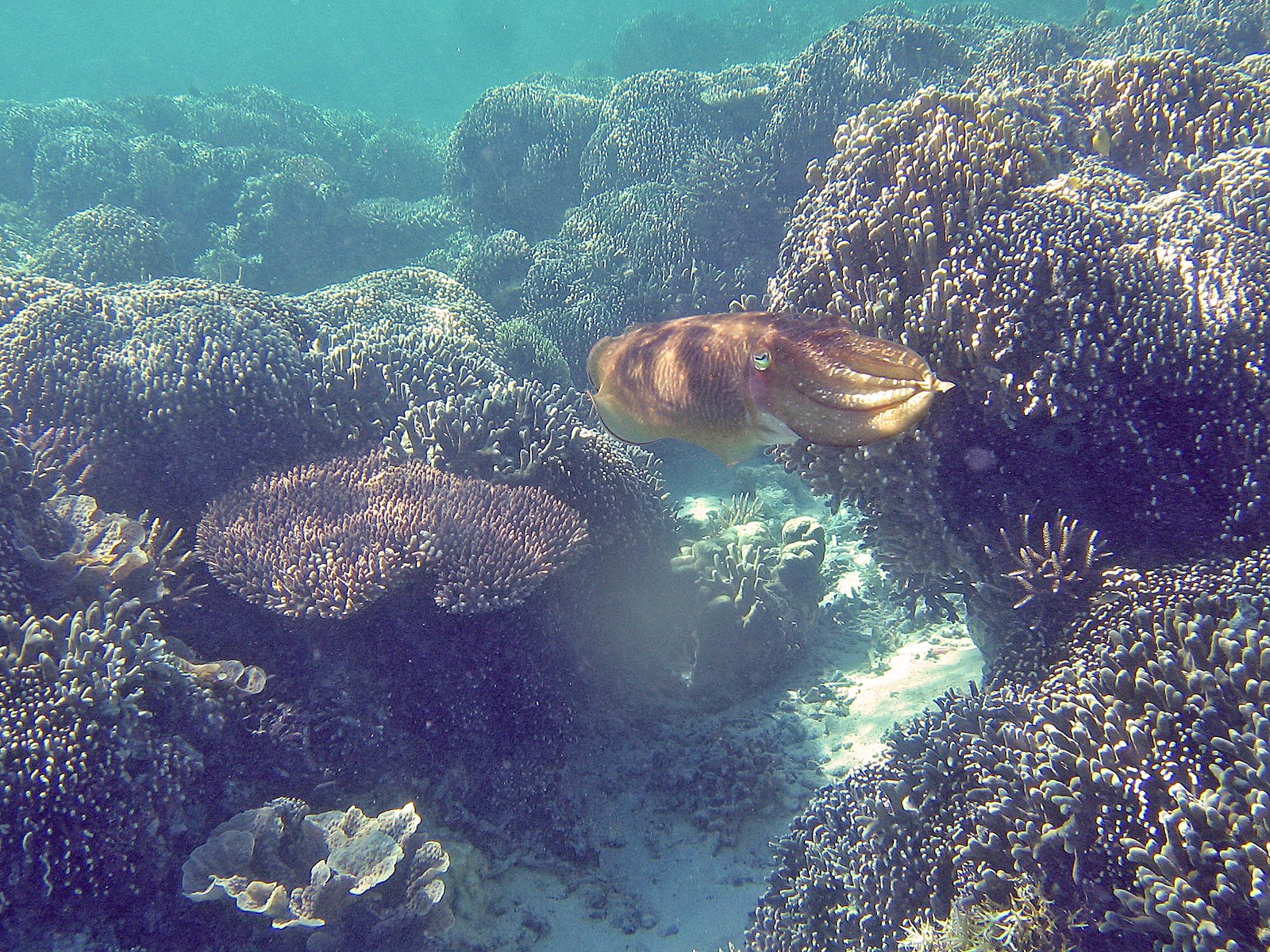
Closely related to the octopus, the cuttlefish is another cephalopod that boasts extraordinary shape-shifting abilities. With the ability to change both color and texture, cuttlefish can imitate their environment with astounding precision. This skill is vital for both hunting and evading predators in the dynamic underwater world. Imagine a creature that can mimic the appearance of a rock or coral within seconds, deceiving both prey and predator alike. Researchers have discovered that cuttlefish use a complex neural network to control their skin’s appearance, a phenomenon that continues to intrigue and inspire scientists and artists alike.
The Agile Mimic Octopus
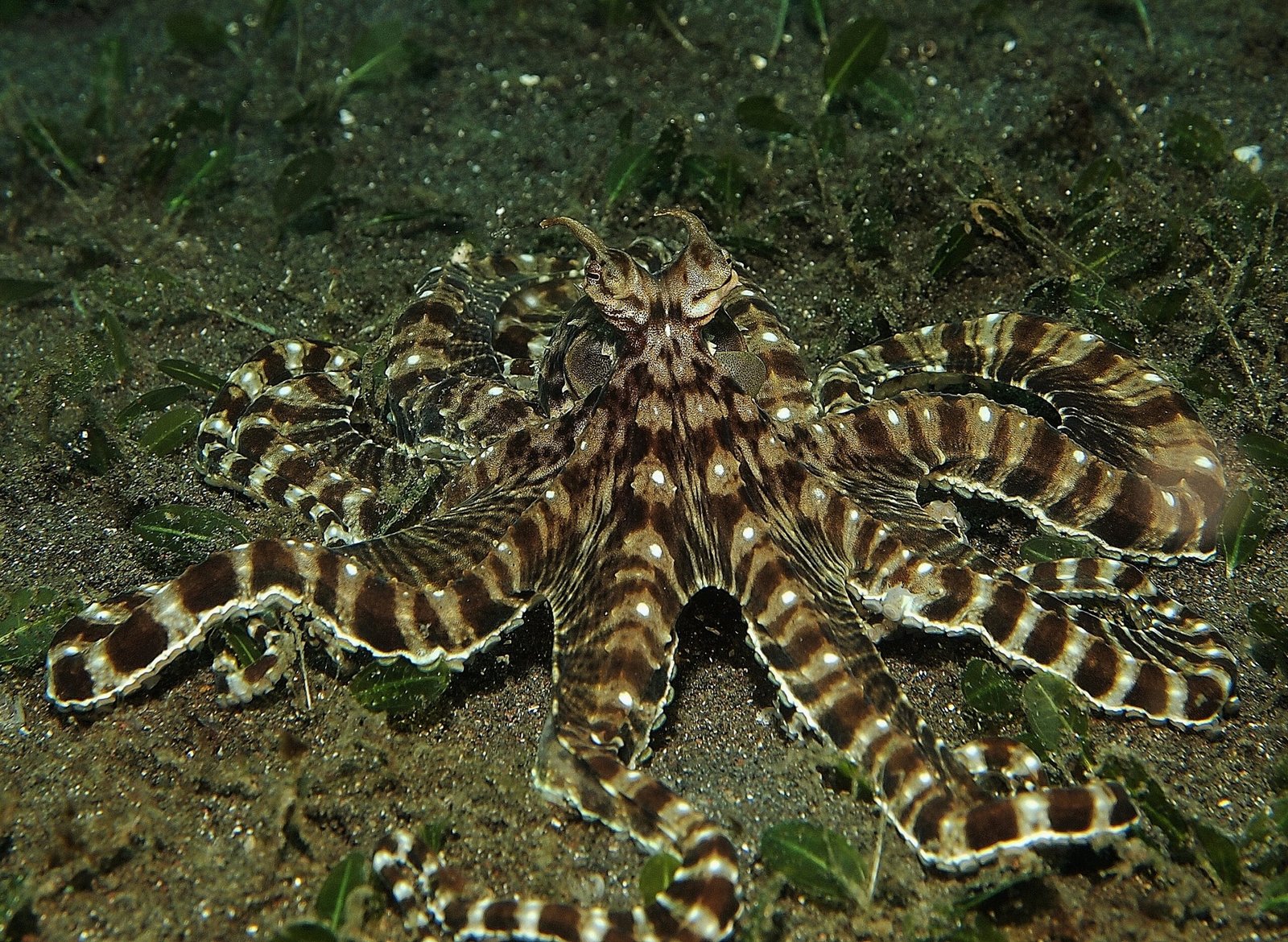
The mimic octopus takes camouflage to an entirely new level. Found in the shallow waters of Southeast Asia, this octopus can imitate the forms and behaviors of more than fifteen different species, including lionfish, flatfish, and sea snakes. It’s as if the mimic octopus has a wardrobe of disguises at its disposal, ready to adapt to any situation. This incredible adaptation serves as both a defensive strategy and a way to hunt prey, showcasing the mimic octopus’s intelligence and versatility. The study of this creature offers insights into evolutionary biology and the complex interplay between predator and prey in the natural world.
The Shape-Shifting Sea Hare
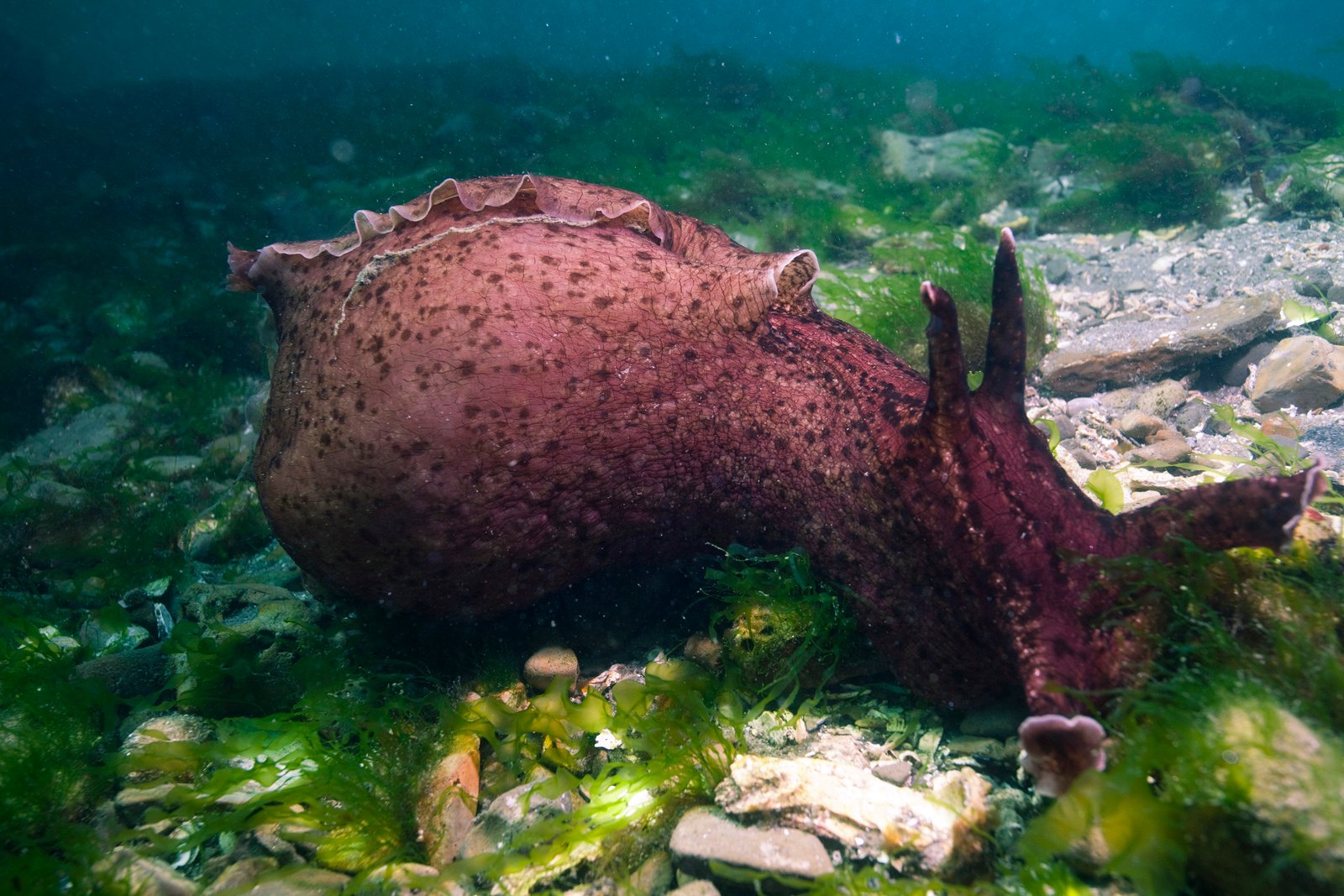
Sea hares are often overlooked in discussions of shape-shifting animals, yet their abilities are nothing short of remarkable. These marine mollusks can alter their shape and color to blend seamlessly with their surroundings. When threatened, they release a cloud of ink to confuse predators, similar to their octopus relatives. The sea hare’s transformation is subtle but effective, illustrating the diverse strategies employed by animals to survive in the wild. By studying sea hares, scientists gain a deeper understanding of the evolutionary pressures that drive such adaptations and the intricate balance of life in the ocean.
The Incredible Leaf-Tailed Gecko
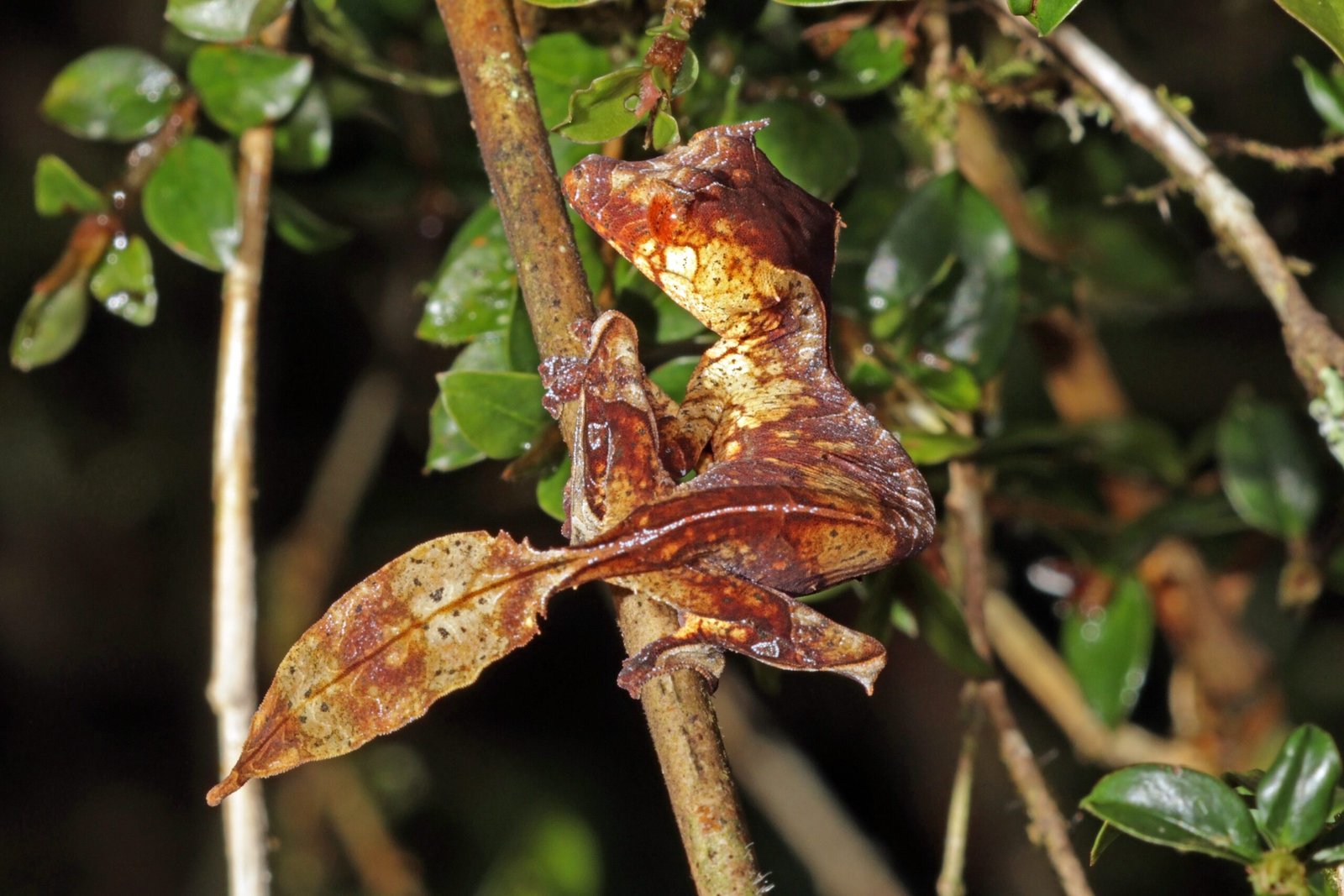
Native to Madagascar, the leaf-tailed gecko is a master of disguise, perfectly mimicking the appearance of a dead leaf. This adaptation is not just about color but involves a complex interplay of texture and shape. The gecko’s body is flattened, and its skin has a mottled appearance that blends seamlessly with its environment. Imagine walking through a forest and mistaking a living creature for a leaf on the ground; that’s the genius of the leaf-tailed gecko. Its ability to change shape and texture is a testament to the wonders of evolution and the endless creativity of nature.
The Crafty Pufferfish
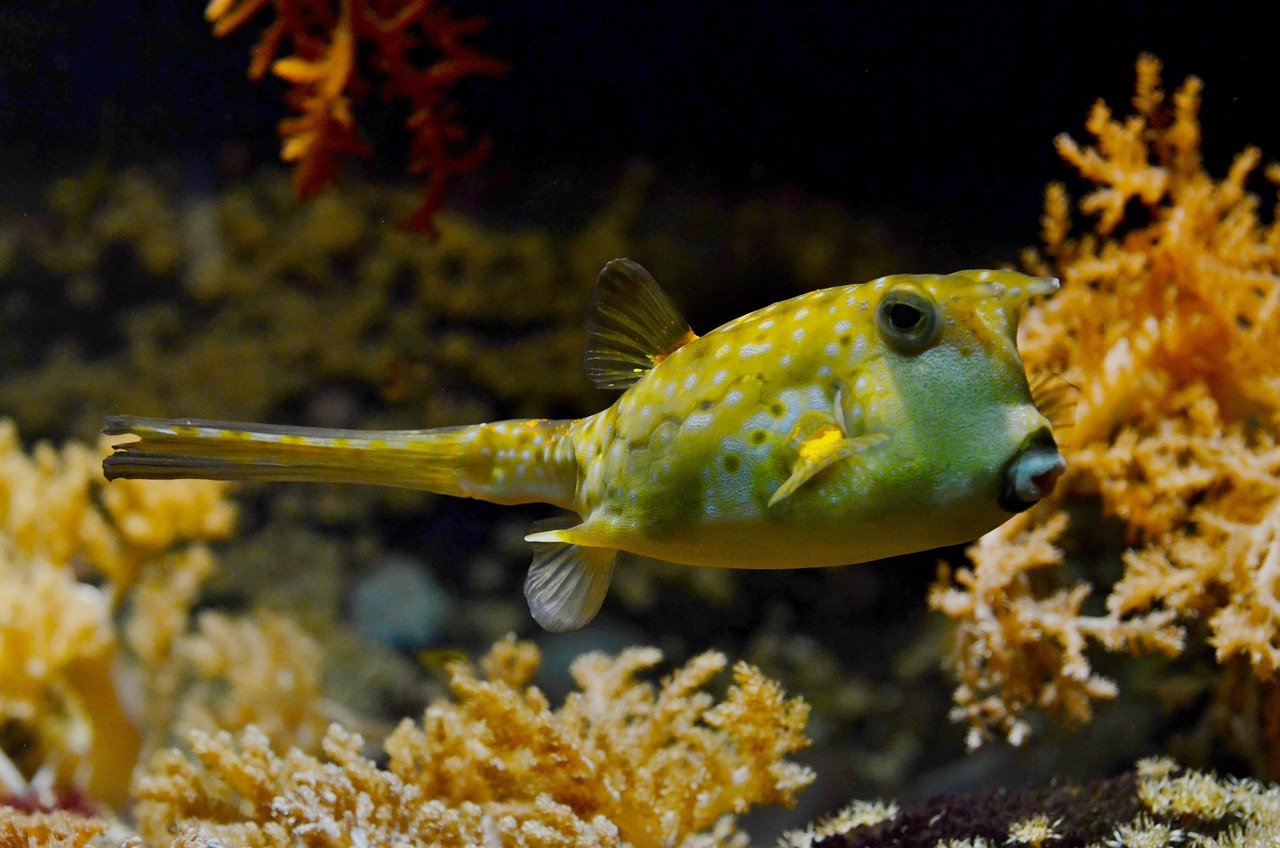
Pufferfish are renowned for their ability to inflate their bodies as a defense mechanism. When threatened, they rapidly ingest water (or air when out of water) to transform into a spiky ball, deterring predators. This dramatic change in shape is supported by a unique skin texture that can expand without tearing. The pufferfish’s transformation is a clear example of form following function, where survival depends on the ability to deter predators through an impressive physical display. This adaptation underscores the intricate relationship between anatomy and behavior in the animal kingdom.
The Camouflaging Stick Insect
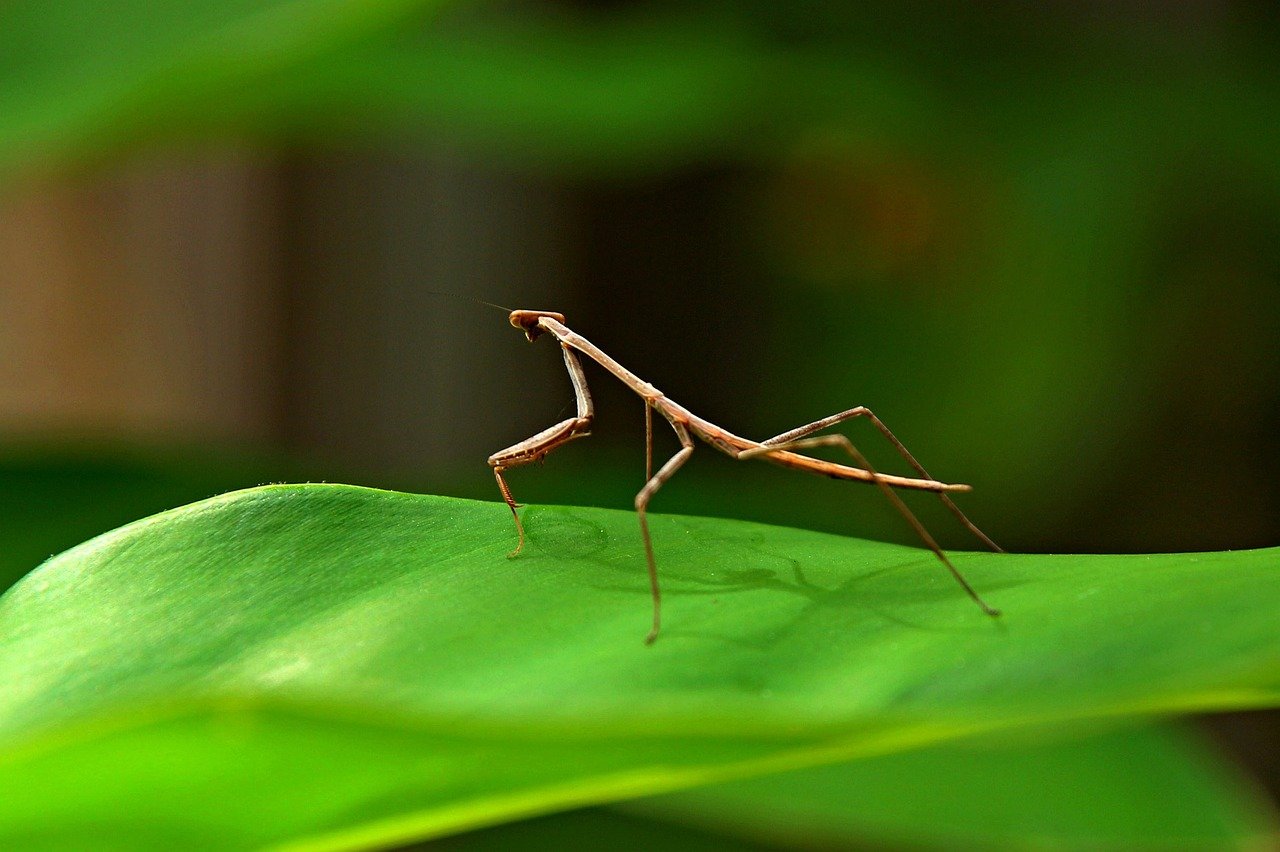
Stick insects are nature’s experts in invisibility, resembling twigs or branches to avoid detection. Their elongated bodies and textured exoskeletons allow them to blend seamlessly into their arboreal habitats. This form of mimicry is so effective that predators often overlook them entirely. Imagine standing still in a forest and becoming indistinguishable from a tree branch; that’s the life of a stick insect. Their ability to change posture and subtly alter their appearance adds another layer of complexity to their camouflage, making them a fascinating subject of study for entomologists.
The Wily Flounder
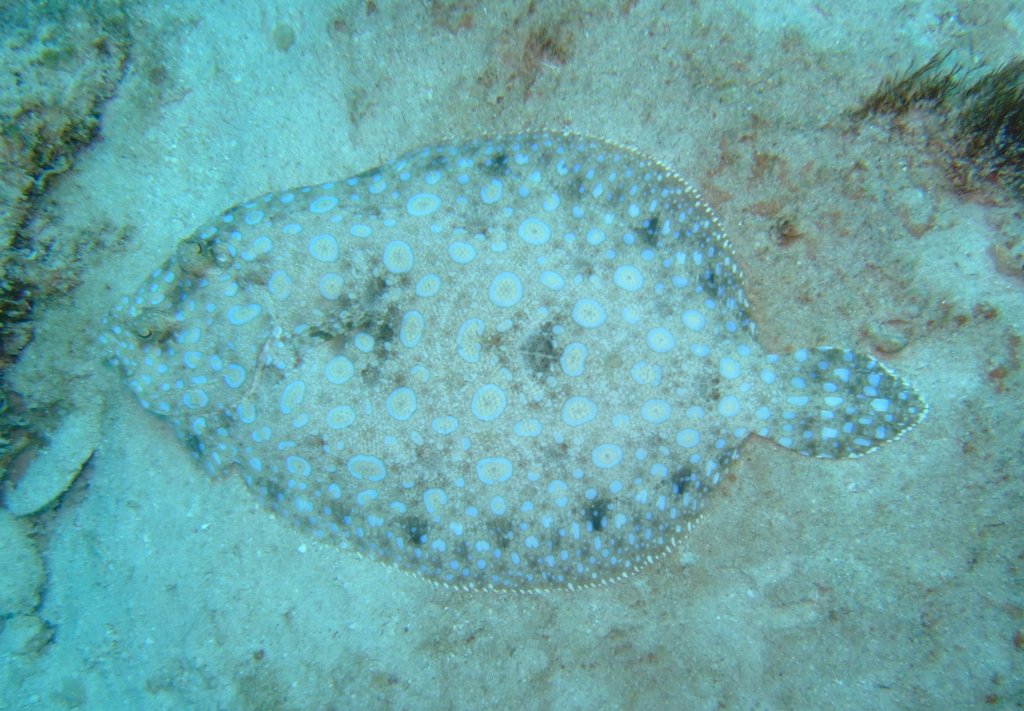
Flounders are flatfish that have developed an extraordinary ability to change their skin color and pattern to match the ocean floor. This adaptation not only aids in hunting but also protects them from predators lurking above. Their unique body shape, with both eyes on one side, allows them to lie flat against the seabed, further enhancing their camouflage. Picture a fish that can disappear against a sandy or pebbled background; that’s the flounder’s secret to survival. These shape-shifting abilities highlight the intricate relationship between form and function in marine environments.
The Transformative Frog
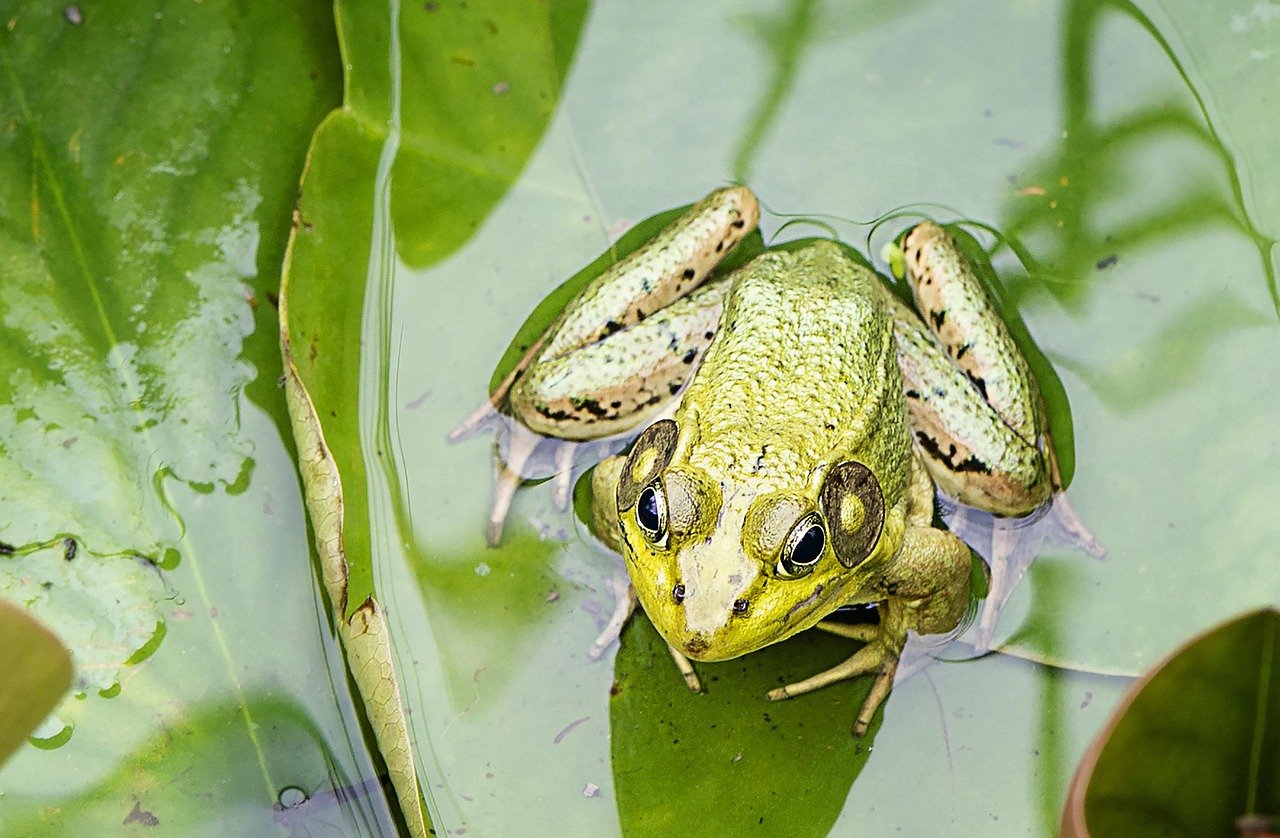
Certain frog species, like the mutable rain frog, possess the ability to change their skin texture from smooth to spiky within hours. This adaptation is believed to help them adapt to varying environmental conditions and deter predators. It’s as if these frogs can don a suit of armor when needed, showcasing the incredible versatility of amphibians. This transformation is a reminder of the endless adaptability of life on Earth and the ever-evolving strategies that animals employ to thrive in their respective habitats. Studying these frogs provides valuable insights into the dynamic nature of evolution and the resilience of life.
Conclusion
In exploring these ten remarkable animals, we are reminded of the incredible diversity and adaptability found in nature. Each species showcases unique strategies for survival, offering a glimpse into the complex and wondrous world of evolution. These shape-shifting abilities are not only fascinating but also serve as a testament to the ingenuity and resilience of life on our planet.




